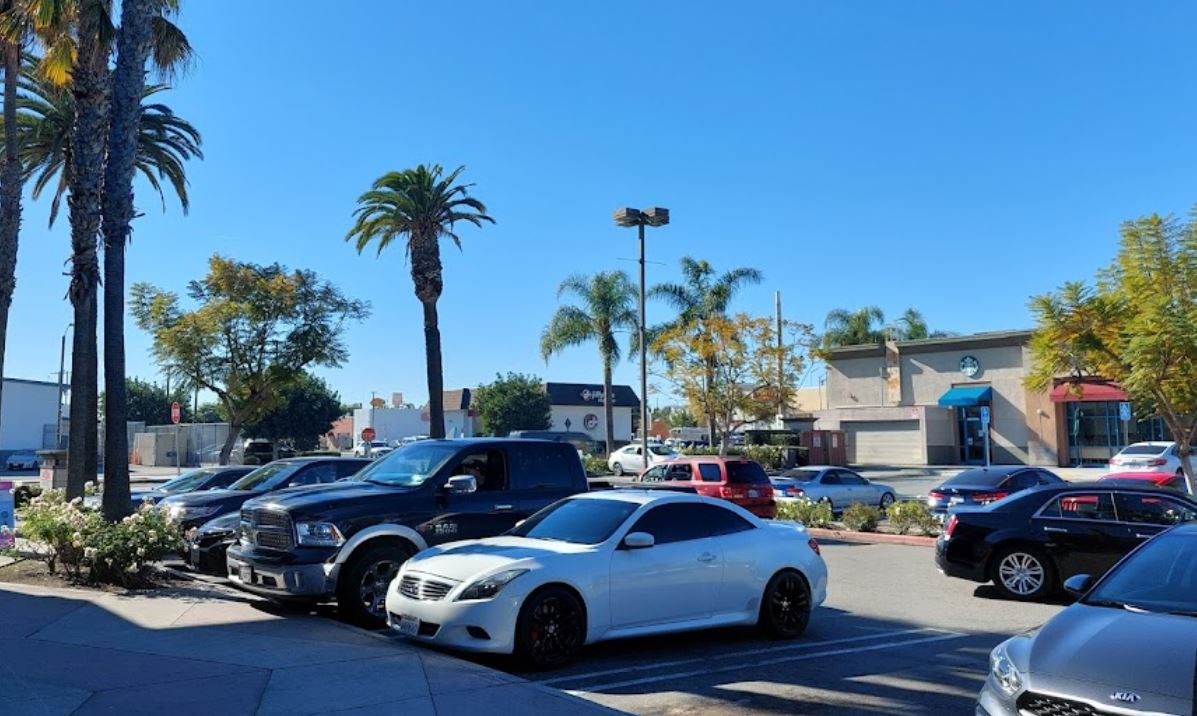
Hawthorne Plaza, located in Hawthorne, California (90250), is an iconic site that embodies the evolution of shopping malls in the United States. Once a bustling retail center, this plaza now stands as a symbol of urban change, economic challenges, and potential redevelopment.
The Rise of Hawthorne Plaza
Hawthorne Plaza opened its doors in 1977 during the heyday of shopping malls. Strategically positioned near major thoroughfares and catering to the growing suburban population, it became a central hub for retail and entertainment in the South Bay area. The mall featured major anchor stores like JCPenney, Montgomery Ward, and The Broadway, alongside a variety of smaller shops and eateries.
For years, Hawthorne Plaza thrived, drawing shoppers from Hawthorne and neighboring communities. Its architecture and layout reflected the trends of the late 20th century, emphasizing convenience, social interaction, and a wide range of retail offerings under one roof.
Decline and Closure
By the 1990s, Hawthorne Plaza began to face challenges. The rise of online shopping, competition from newer and larger malls, and changing consumer preferences led to a decline in foot traffic. Additionally, economic shifts in the region contributed to the struggles of many retail tenants.
The mall officially closed in 1999, leaving behind an eerily abandoned structure. While parts of the complex remained operational for specific purposes—such as occasional film shoots—the majority of the plaza fell into disrepair.
A Popular Location for Hollywood
Despite its closure, Hawthorne Plaza gained a new kind of fame. Its dystopian, abandoned aesthetic made it a favorite filming location for Hollywood productions. Movies, TV shows, and music videos, including scenes from Gone Girl and Minority Report, have utilized the mall’s eerie corridors and vast empty spaces as a backdrop.
This cinematic attention has kept Hawthorne Plaza in the public eye, albeit as a shadow of its former self.
Redevelopment Plans
In recent years, discussions about redeveloping Hawthorne Plaza have gained momentum. The City of Hawthorne and various developers have proposed plans to revitalize the site, aiming to transform it into a mixed-use development featuring residential units, retail spaces, and community amenities.
The proposed redevelopment aligns with modern urban planning principles, emphasizing sustainability, walkability, and the integration of living, working, and leisure spaces. If realized, these plans could breathe new life into the area, turning Hawthorne Plaza into a vibrant community hub once again.
Cultural and Community Significance
Hawthorne Plaza holds a special place in the hearts of many residents who remember its glory days. For older generations, it is a nostalgic reminder of a time when malls were the epicenter of social life. For younger generations, it represents untapped potential and the possibility of a brighter future for the city.
As Hawthorne continues to grow and evolve, the fate of Hawthorne Plaza remains a key focal point. Whether as a relic of the past or a cornerstone of future development, it is a landmark that reflects the story of a changing community.
Conclusion
Hawthorne Plaza stands as more than just an abandoned mall; it is a symbol of transformation, resilience, and opportunity. While its empty corridors may currently echo with memories of the past, the potential for its revitalization offers hope for a dynamic future in the heart of Hawthorne, CA. Whether for its historical significance, Hollywood appearances, or redevelopment prospects, Hawthorne Plaza continues to captivate attention and imagination.

